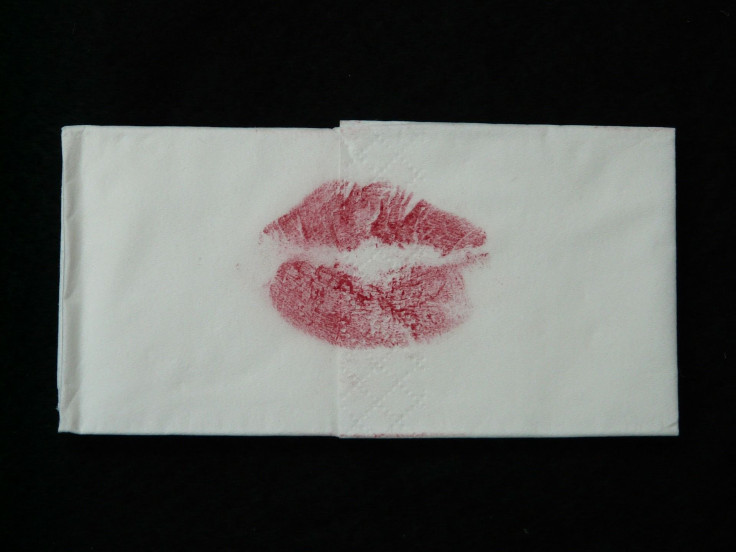New Technique Can Identify A Lipstick Stain At A Crime Scene And Pinpoint Culprits

Even the smoothest criminals trip up sometimes, and something as simple as a hair, clothing fiber, or even lipstick on the rim of a glass can mean the difference between getting away with it and getting caught. On TV, it seems like forensic analysis is simple, decisive, and efficient — evidence is sealed into a bag and the lab comes back with information on the culprit. In real life, however, it’s not so straightforward.
Scientists are making strides on the technical front, however, as they’ve developed a new way to lift lipstick from surfaces and analyze it. Using gas chromatography, the scientists improved on current methods of lipstick removal and analysis — most of which involve difficult, expensive, and time-consuming steps.
“Working on this investigation has opened my eyes to the fact that TV has it wrong — things take much longer in real life,” said Bethany Esterlen, an undergraduate student at Western Illinois University and lead researcher working on the project in the lab of Dr. Brian Bellott, in a press release.
Current methods of lipstick extraction involve a tedious removal process through X-ray refraction or Raman spectroscopy, which involve observing changes in refraction patterns and analyzing molecular vibrations, respectively. Both require specialized training and equipment, which can be hard to come by in underfunded forensics labs. After deciding these methods needed improvement, the team started eliminating unnecessary steps from the process. They tuned the steps that remained, coming up with a final two-part method: First, add an organic solvent to remove the oils and waxes from the lipstick, then add a basic organic solvent to extract any remaining residue.
“Right now we are just lifting samples off of paper, but in the future we are hoping to use different articles and media that could be found at a crime scene,” Bellott said.
Once they could easily remove the lipstick, the researchers got to work on a way to analyze it. They aimed to keep it simple, so Bellott’s team investigated three types of chromatography, some of which were simple enough to be performed by an undergraduate scientist. To test which method would produce the best results, they made marks with 40 lipsticks, different brands of which have unique compositions of organic molecules.
The lab is still working through the analyses, but at this stage, gas chromatography technique seems to be producing the best results.
The best part of this overall method is it can be adopted by forensics labs as-is, according to Bellott. No new training or equipment would be necessary for the process, and the team is working to make it even better by building their lipstick library and looking for ways to make the method even easier.
Source: Esterlen B, Bellott B, et al. Forensic Analysis of Lipstick Samples by Three Different Analytical Techniques. Meeting of the American Chemical Society. 2016.



























